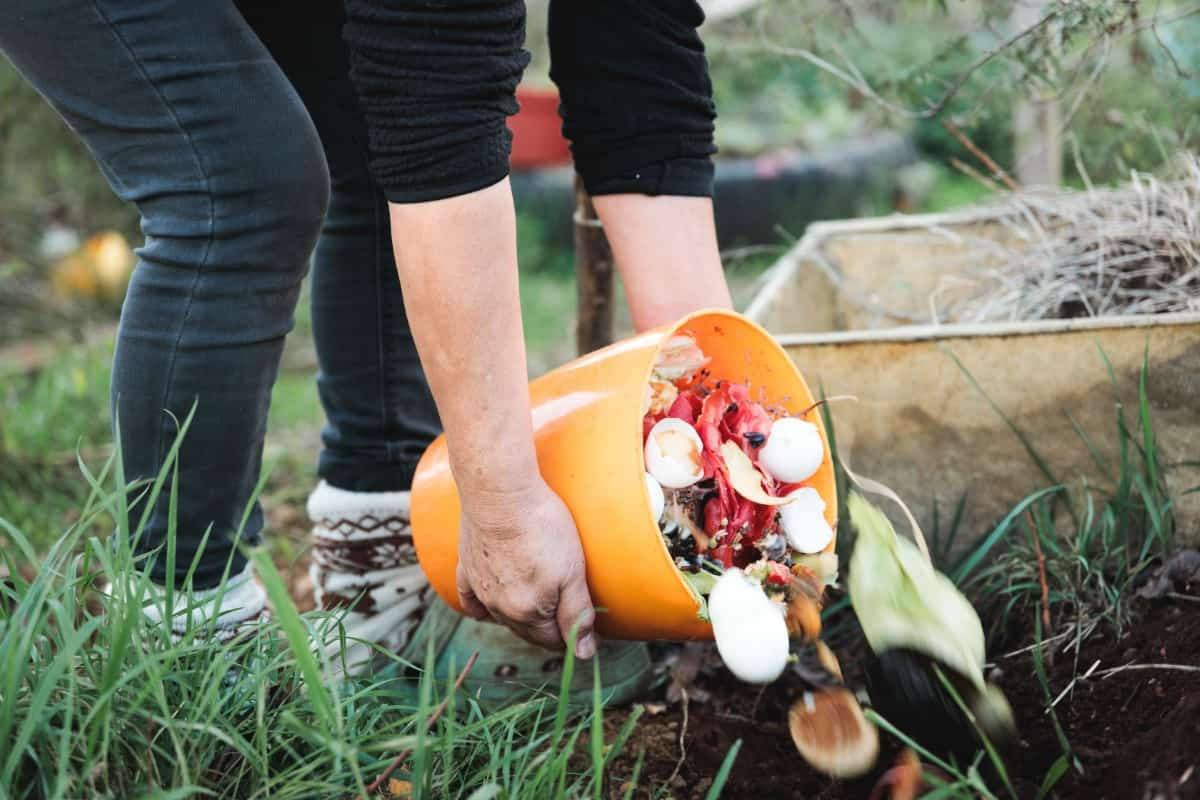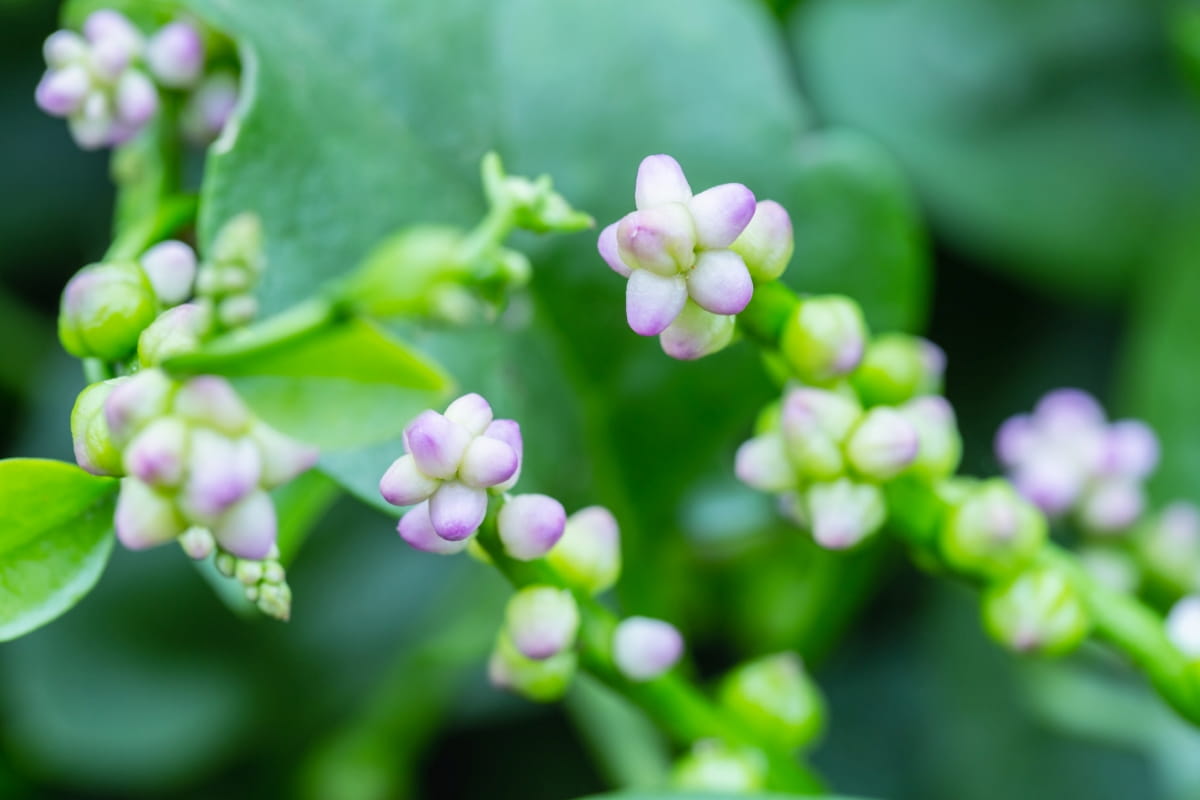Malabar Spinach is a popular leafy green vegetable that thrives in warm climates. When it comes to growing this nutritious plant in your garden or balcony, using Homemade Fertilizers for Malabar Spinach can make a significant difference in its growth and yield. Malabar Spinach is a versatile and nutritious vegetable that can thrive with the right care. Experiment with different natural fertilizers to see what works best for your plants, and enjoy a bountiful harvest of this delicious leafy green.
Understanding Nutrient Requirements
Understanding the Nutrient Requirements of Malabar Spinach to achieve vibrant and lush green leaves. Malabar Spinach thrives on a balanced diet of essential nutrients like nitrogen, phosphorus, and potassium. Homemade fertilizers offer a cost-effective way to provide these vital elements.
Benefits of Homemade Fertilizers
By creating your Homemade Organic Fertilizers for Malabar Spinach, you can tailor them to meet the specific requirements of your Malabar Spinach. Not only are homemade fertilizers beneficial for plant growth, but they also promote soil health and sustainability in your garden. Experimenting with different homemade fertilizers allows you to find what works best for your Malabar Spinach.
Homemade Fertilizers for Malabar Spinach
Composting Basics
Creating a Balanced Compost Pile
Creating a balanced compost pile is the key to nurturing those vibrant green leaves. Start by layering brown materials like dried leaves or straw with green materials such as kitchen scraps and grass clippings. This mix provides essential carbon and nitrogen for healthy decomposition.
Best Compost Ingredients for Malabar Spinach
The best compost ingredients for Malabar Spinach include nutrient-rich components like vegetable peels, coffee grounds, eggshells, and yard waste. These elements break down into valuable nutrients that feed your plants naturally. Regularly turn your compost pile to aerate it and speed up the decomposition process.

Keep it moist but not soggy, allowing beneficial microbes to thrive and work their magic in creating nutrient-rich humus. By Composting for Malabar Spinach, you’re not only reducing waste but also providing your Malabar Spinach with a sustainable source of nourishment that will result in lush, flourishing foliage.
Manure Tea
Preparing Manure Tea
Manure tea is a powerful organic fertilizer that can work wonders for your Malabar spinach plants. To prepare this nutrient-rich concoction, simply mix well-aged manure with water in a bucket or container. Let it sit for a few days to steep and create a potent liquid fertilizer.
Application Tips for Malabar Spinach
When applying manure tea to your Malabar spinach, make sure to dilute it properly with water to avoid over-fertilizing and potentially damaging your plants. A good rule of thumb is to use one part manure tea to five parts water before watering your plants. Remember, consistency is key when using manure tea as a fertilizer for Malabar spinach.
Aim to apply the solution every two weeks to ensure your plants get a steady supply of nutrients for optimal growth and leaf production. With its high nitrogen content, manure tea can help promote lush green foliage and robust growth in your Malabar spinach plants.
Eggshell Fertilizer
How to Make Eggshell Fertilizer
To create DIY Malabar Spinach Growth Boosters like eggshell fertilizer, start by collecting used eggshells. Clean them thoroughly to remove any remaining egg white or yolk. Once clean and dry, crush the eggshells into small pieces. This will speed up the decomposition process when added to the soil.
The Benefits of Calcium for Malabar Spinach
When it comes to Eggshell Calcium for Malabar Spinach, calcium plays a vital role in promoting strong cell walls in plants, improving overall structure and resilience against diseases. By incorporating eggshell fertilizer into your gardening routine, you’re ensuring that your Malabar Spinach receives an extra dose of this crucial nutrient for optimal growth.
In case you missed it: How to Prevent Spinach Bolting: Causes, Identification, How to Fix, and Solutions

Banana Peel Fertilizer
Preparing Banana Peel Fertilizer
When it comes to Banana Peel Fertilizer for Malabar Spinach, it can also work wonders as a natural fertilizer for your Malabar Spinach. Rich in potassium, banana peel fertilizer can give your plants the boost they need to grow large and healthy green leaves. To prepare this nutrient-rich fertilizer, chop up some banana peels and bury them around the base of your Malabar Spinach plants. Over time, as the peels decompose, they will release potassium into the soil, promoting strong growth and vibrant foliage.
Potassium Boost for Healthy Growth
Not only is banana peel fertilizer effective, but it’s also an Eco-Friendly Malabar Spinach Nutrition to recycle kitchen waste. To provide your Malabar Spinach with a potassium boost, consider using banana peel fertilizer. Banana peels are rich in this nutrient and can be easily incorporated into your homemade fertilizers. Incorporating potassium-rich fertilizers into your gardening routine can lead to larger green leaves on your Malabar Spinach plants.
Coffee Grounds as Fertilizer
Utilizing Coffee Grounds in the Garden
Coffee grounds contain high nitrogen, which is an essential nutrient for plant growth. When using Coffee Grounds as Plant Food for Malabar Spinach, they help promote healthy leafy green growth, making them ideal for leafy vegetables like Malabar Spinach. Malabar Spinach thrives in slightly acidic soil, and the natural acidity of coffee grounds can aid in maintaining the optimal pH balance for your plants.
Acidic Soil Adjustment for Malabar Spinach
To utilize coffee grounds in your garden, sprinkle them around the base of your Malabar Spinach plants or mix them into the soil during planting. Over time, you’ll notice healthier and more vibrant foliage thanks to this organic fertilizing hack.
In case you missed it: Growing Malabar Spinach from Seeds (Bachali Kura)

Fish Emulsion
Making Your Fish Emulsion
Fish emulsion is a nutrient-rich fertilizer that can benefit your Malabar spinach plants. Making your fish emulsion at home is a cost-effective and sustainable way to provide essential nutrients to your garden. To prepare it, simply blend fish scraps with water and let it ferment for a few weeks.
Application Frequency and Rates
When it comes to Fish Emulsion for Malabar Spinach, applying fish emulsion to Malabar spinach ensures that you do not overdo it. A diluted solution of one part fish emulsion to four parts water is ideal for feeding your plants without causing a nutrient burn. During active growth periods you can apply fish emulsion every two weeks. In contrast, during dormant stages like winter, reduce applications to once every month.
Wood Ash Fertilizer
Producing and Using Wood Ash Fertilizer
Wood Ash Potash for Malabar Spinach and trace elements help your plants thrive. To make your wood ash fertilizer, collect the ashes from your fireplace or bonfire. Make sure it’s fully cooled down before use. Mix the wood ash into your compost pile or directly sprinkle it around the base of your Malabar Spinach plants.
Potassium and Trace Element Supply
Potassium plays a crucial role in plant development, helping with root growth and disease resistance. The trace elements found in wood ash can also provide essential nutrients for overall plant health.
Seaweed Fertilizer
Harvesting and Preparing Seaweed Fertilizer
When it comes to Seaweed Extract for Malabar Spinach it is a natural and nutrient-rich option for boosting the growth of your Malabar Spinach. Harvesting seaweed from the beach or purchasing dried seaweed is the first step in preparing this beneficial fertilizer. To make seaweed fertilizer, rinse the seaweed to remove excess salt, chop it into small pieces, and steep it in water for a few weeks until it breaks down into a dark liquid. This liquid is then diluted with water before being applied to your plants.
Micronutrients and Plant Growth Stimulants
Seaweed contains essential micronutrients like magnesium, potassium, and zinc that promote healthy growth and development in plants. Additionally, seaweed fertilizers are known for their plant growth stimulants that help improve root development and increase resistance to stressors.
Vermicomposting for Malabar Spinach
Vermicomposting for Malabar Spinach is like having a team of tiny workers diligently creating nutrient-rich soil for your plants. These little red wigglers are nature’s recyclers, breaking down organic matter into black gold that will make your Malabar Spinach thrive. Setting up a vermicomposting bin is easy and low maintenance. All you need is a bin, some bedding material like shredded newspaper or cardboard, and, of course, the star players – the worms.
Just toss in your kitchen scraps (excluding citrus fruits and onions), and let the worms do their magic. The nutrient-packed worm castings produced through vermicomposting are full of beneficial microorganisms that promote healthy root growth in Malabar Spinach. By incorporating vermicompost into your gardening routine, you’re not only feeding your plants but also reducing waste sent to landfills.
In case you missed it: Growing Malabar Spinach on Terrace from Seed (Bachali)

Conclusion
There are numerous options for homemade fertilizers that can help your Malabar spinach thrive and produce large green leaves. By incorporating these Natural Fertilizer Recipes for Vegetables into your gardening, you can ensure that your Malabar spinach receives the essential nutrients it needs for healthy growth and abundant harvests. Experiment with different homemade fertilizers to find what works best for your plants, and enjoy a bountiful supply of fresh, nutritious Malabar spinach from your garden.
- Flower Garden Designs and Layouts for Beginners
- Planting and Spacing Techniques in Papaya: A Beginner’s Guide
- Growing Gold: Essential Techniques for Planting Pineapples
- How to Make Kalanchoe Plant Bushy: Home Remedies and Solutions
- 11 Reasons Why Your Gardenia is Not Blooming: Home Remedies and Solutions
- Eco Elegance: The Guide to Designing a Drought-Tolerant Landscape
- Gardening on a Slope: Strategies for Hillside Landscaping
- Nourish and Flourish: Top Organic Mulches for Thriving House Plants
- Everything You Want to Know about Indian Mogra Flower: Discover Uses and Growing